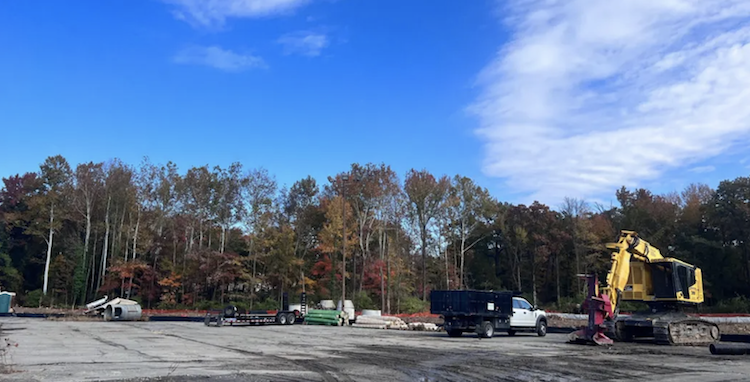Change Leader: Extending the Power of Public-Private Partnerships to Watershed Management
August 2, 2015EPA Promotes Grassroots Involvement in Stormwater Management P3s
January 4, 2016The National Council for Public Private Partnerships
10/01/2015
More than 2,000 U.S communities are using public-private partnerships to meet pressing water-related infrastructure needs and many more localities should pursue them, argues the head of a water company trade association.
Municipalities can negotiate P3s to gain access to capital and technical, management and process-improvement expertise. These partnerships also will help them to apply new technologies that they could not take advantage of without such support, wrote Michael Deane, executive director of the National Association of Water Companies, in a Sept. 30 American City and County magazine column.
P3s can step in to offer fund system repairs and upgrades that the budget-strapped federal government cannot, he argues, citing the Environmental Protection Agency’s findings that more than 240,000 water main breaks occur each year. To make matters worse, the agency says it lacks the $384 billion needed to maintain drinking water systems through 2020.
On the other hand, the federal government is committed to fostering infrastructure P3s, Deane wrote, offering as examples, President Obama’s Build America Investment initiative and the EPA’s recently launched Water Infrastructure and Resiliency Finance Center. The center “will help ensure that communities have the information and tools to explore all opportunities for innovation in project finance, delivery and operations,” Deane wrote.
He singled out several examples of successful water-related P3s: A 40-year concession agreement through which United Water and investment firm KKR are investing in and operating Bayonne, N.J.’s water and wastewater systems and a similar 30-year deal Rialto, Calif., negotiated with Veolia North America. Meanwhile, CH2M and Spacient Technologies are improving communication between the city’s water distribution and wastewater collection personnel to improve operations, services and customer support.
Other success stories include a P3 through which United Water is, for 20 years, operating, managing and maintaining Nassau County’s wastewater plants that were damaged by Hurricane Sandy and Prince George’s County, Md.’s collaboration with Corvias Solutions to install infrastructure that will capture stormwater runoff and prevent it from polluting the Chesapeake Bay.
The Prince George’s stormwater P3 and others will be discussed during the CBP3 Sustainable Stormwater Infrastructure Summit to be held Dec. 7 in Philadelphia. For more information, visit the event website.



